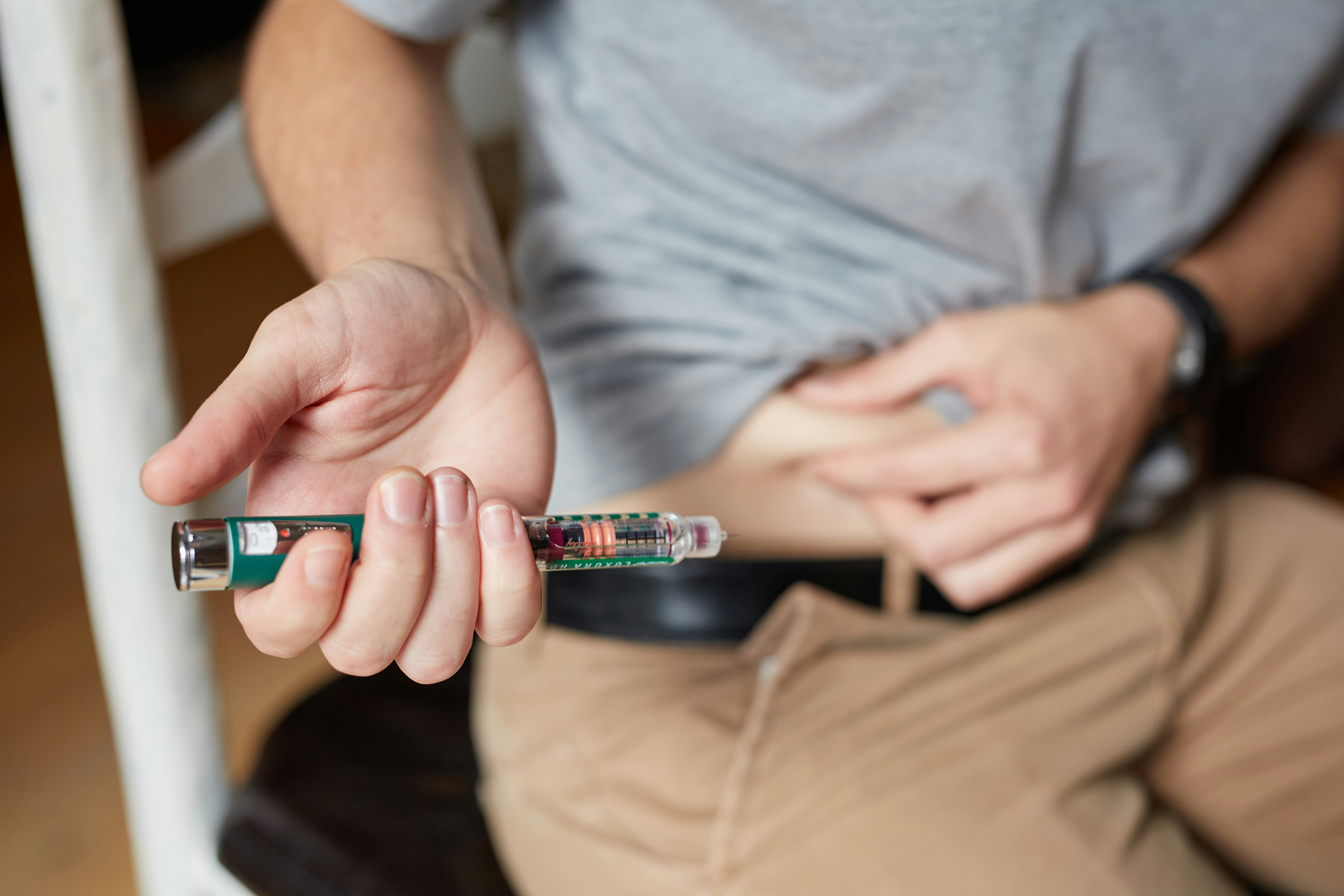Triglycerides
We offer point of care blood testing during your face to face appointments to assess other markers of your overall health. Whilst somewhat less reliable than venous blood samples assessed in a lab, point of care tests offer a quick and effective way to assess your cardiovascular health as you go through your weight loss journey
What are Triglycerides?
Triglycerides are a type of fat found in your blood that your body uses for energy. When you consume more calories than your body needs, especially from foods high in carbohydrates, the extra calories are converted into triglycerides and stored in fat cells to be used later. However, having a high level of triglycerides, known as hypertriglyceridemia, can increase your risk of developing cardiovascular diseases like heart disease and stroke. This is because high triglyceride levels can contribute to the hardening or thickening of the arterial walls (arteriosclerosis), which can block blood flow to your heart, brain, and other organs.
What is the relationship between high Triglycerides and weight?
The treatments we provide at Dorset Weight Loss can aid losing weight by making you feel fuller after meals, which can lead to a decrease in calorie intake. We may see a reduction in your triglyceride levels too.
This is because your body converts excess calories into triglycerides. As you consume fewer calories (particularly excess calories), we would expect to see a reduction in your triglyceride levels. In addition, excess body fat can actually promote the production of triglycerides, so as you progress through your weight loss journey, we should see your triglyceride levels drop further.
In terms of diet, eating foods that are low in saturated and trans fats can help to lower your triglyceride levels. These include fruits, vegetables, whole grains, lean proteins, and healthy fats like those found in nuts and fish. Regular exercise can also lower your triglycerides as your total calorie consumption will increase.
So, in combination with a healthy diet and regular exercise, Semaglutide can help you to lose weight, which can in turn help to lower your triglyceride levels. This can reduce your risk of developing heart disease.
8 Weeks
Average amount of time required to achieve significant change in triglycerides
26%
Reduction in triglyceride levels after 8 weeks of intensive weight loss
10%+
The reduction in body weight achievable when coupling semaglutide with a good diet and exercise
How will you test my Triglycerides?
At Dorset Weight Loss, we use a point of care device to check your triglyceride levels during your appointments. We check levels every 3 months.
We use a device called Accutrend, manufactured by Roche. The Accutrend point of care triglyceride test is a simple and quick way to measure the level of cholesterol in your blood. Here's a simple step-by-step guide on how it works:
1. First, a small finger-prick blood sample is taken. This is done using a small, sharp device called a lancet. It's very quick and only causes a tiny pinprick sensation.
2. The blood sample is then placed onto a special strip, called a test strip, which is inserted into the Accutrend device.
3. The device works by using a process called reflectance photometry. This means it shines a light onto the test strip and measures how much light is reflected back. Certain chemicals in the test strip react with the cholesterol in the blood, which changes the amount of light that is reflected back.
4. The device then uses this information to calculate the level of triglycerides in your blood, and displays the result on its screen. This usually takes just a few minutes.
5. The results can be used to monitor triglyceride levels over time, or to check the effectiveness of cholesterol-lowering treatments.



